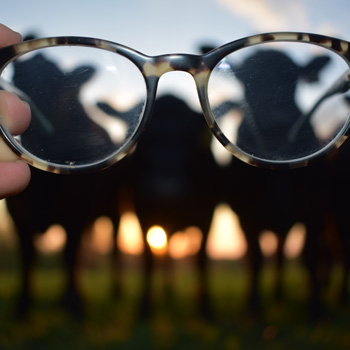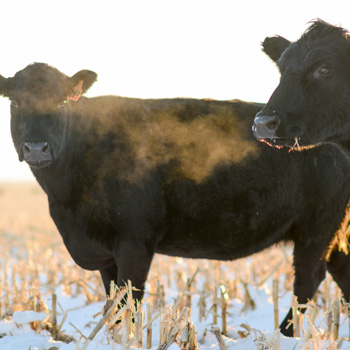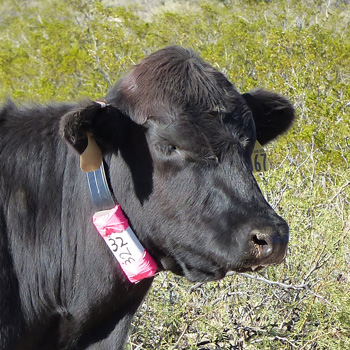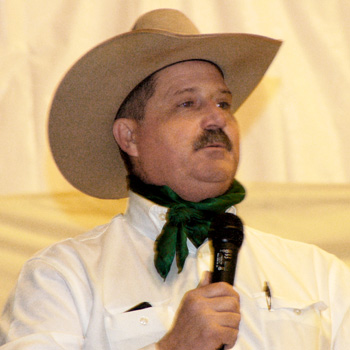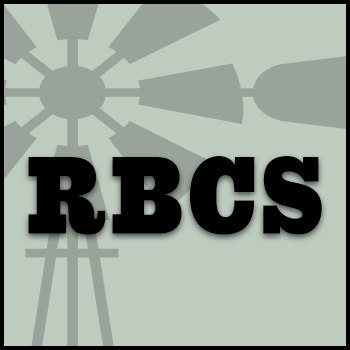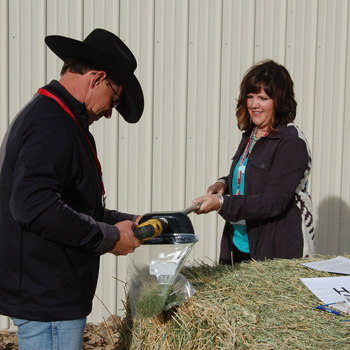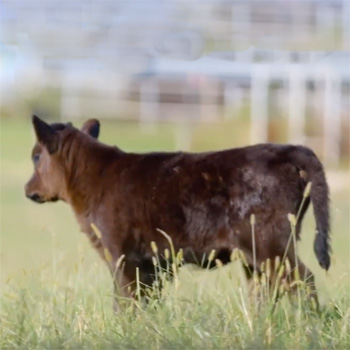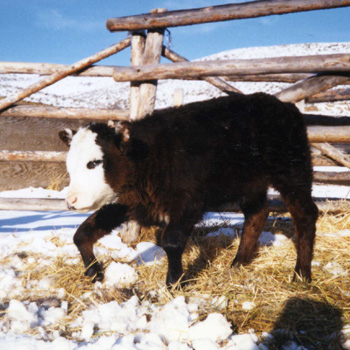The Most Important Meal
Setting up newborns for success means making sure they consume colostrum meal in first four hours of life.
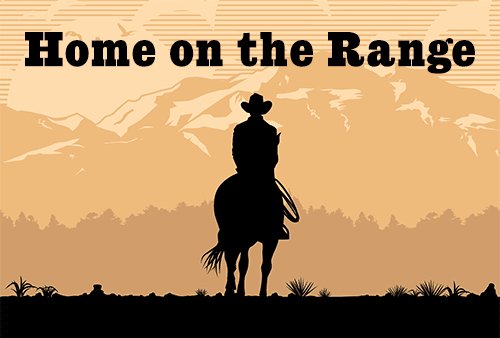
“In my opinion, colostrum is the most important meal of a calf’s life. There are many factors that influence the success of the transfer of colostral immunity, and proactive management can have a big impact on the transfer of colostral immunity.”
Calling that statement a “CliffsNotes®” version of his presentation, University of Nebraska Veterinarian Brian Vander Ley emphasized its three bullet points when speaking to producers attending the 26th Range Beef Cow Symposium hosted Nov. 18-20 in Mitchell, Neb.
Elaborating on the importance of colostrum, or “first milk,” that a dam provides at the onset of lactation, Vander Ley explained that calves are born with a naïve immune system. Ingestion of colostrum provides a passive transfer of antibodies, as well as nutrition. This loan of antibodies from the dam lasts about two weeks, providing a measure of protection while the calf develops its own immunity.
Ideally, a newborn calf stands and nurses, consuming colostrum very soon after birth. However, things can go wrong. Checking off a list of compromising factors, Vander Ley said a delay or failure to suckle can occur following dystocia. Hypothermia can delay suckling and also may impair antibody absorption. Failure of passive transfer may occur because of gut closure — the loss of antibody absorption ability. Vander Ley emphasized that there is a four-hour window of optimum opportunity for a calf to consume colostrum before gut closure begins and antibody absorption is impaired.
Reminding producers that setting newborn calves up for success starts with managing the cow, Vander Ley said dams carrying adequate body condition typically give birth more quickly and provide more colostrum with better antibodies. He cited a significant advantage to having cows in body condition score (BCS) 5 or greater, noting that dams exhibiting scores of less than 5 are twice as likely to experience dystocia.
“Anytime you must pull a calf, it increases the chance that a calf won’t consume colostrum on its own,” warned Vander Ley.
Brian Vander Ley, veterinary epidemiologist at University of Nebraska–Lincoln, shares tips for ensuring your calves get adequate colostrum in the time frame that is most beneficial. This video news is provided by Certified Angus Beef LLC and the American Angus Association.
When colostrum must be administered to a calf, Vander Ley recommended using the “real thing.” He advised producers to milk out the cow and bottle-feed the colostrum to the calf. If this cannot be accomplished, a colostrum replacer product may have to be bottle-fed instead. Administration through an esophageal tube should be performed only when a calf can’t be coaxed to suckle from a bottle.
“Tube-feeding is a last resort,” emphasized Vander Ley, “because not all antibodies will be absorbed when colostrum is fed through a tube.”
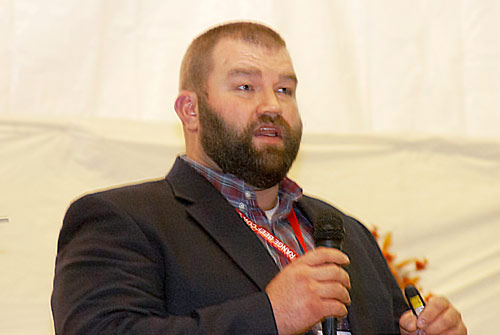 |
“Tube-feeding is a last resort,” emphasized University of Nebraska Veterinarian Brian Vander Ley, “because not all antibodies will be absorbed when colostrum is fed through a tube.” |
Vander Ley noted that producers administering colostrum sometimes feed calves a small amount, hoping that will leave calves hungry enough to try to nurse. He discouraged this practice, advising administration of a full dose of colostrum, or enough colostrum replacer to deliver 100-120 grams of antibodies (typically two packages).
“Too often, the gut closes down before the calf consumes enough colostrum on its own,” warned Vander Ley. “Remember that four-hour window.”
Listen to Vander Ley’s presentation and view his PowerPoint in the Newsroom at www.rangebeefcow.com. Angus Media provides online coverage of the event, courtesy of sponsorship by Leachman Cattle of Colorado.
Editor’s note: Troy Smith is a cattleman and a freelance writer from Sargent, Neb.
